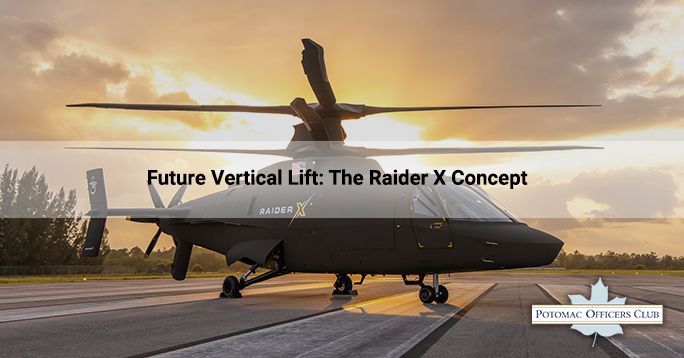
Future Vertical Lift: The Raider X Concept
Do you know what the future holds for America’s air warfare dominance? How can the U.S. Army keep up with evolving military threats and ensure its aviation fleet is faster, deadlier, and more survivable?
The solution starts with the Future Vertical Lift (FVL) program, which will revolutionize rotary-wing aircraft’s operations. The U.S. Army is seeking a budget of up to $1.9 billion for the program, with ambitious plans in store.
The first flight for the Future Attack Reconnaissance Aircraft (FARA) is set to take place by 2024. They’re also assessing how many Future Long Range Assault Aircraft (FLRAA) will reach the skies. Nevertheless, the Army aims to make FARA and FLRAA fully operational by 2030.
Here, we’ll explore the future vertical lift’s groundbreaking technology, specifically the Raider X, a FARA prototype currently being developed by Sikorsky.
Latest News on Raider X Future Vertical Lift
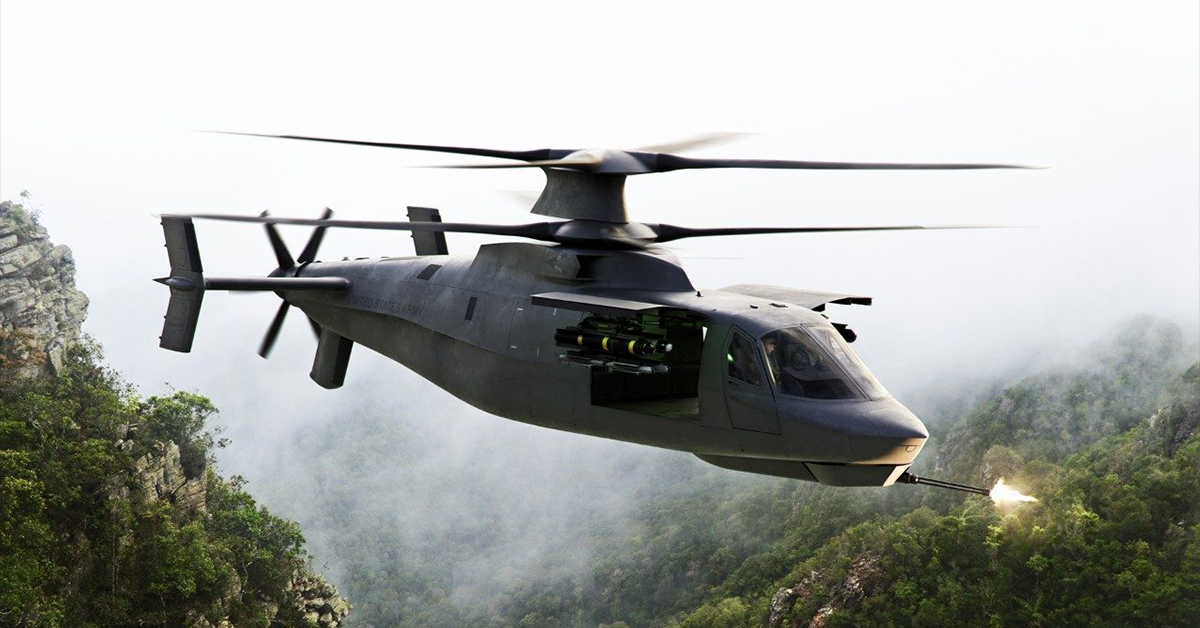
Sikorsky introduced Raider X in October 2019 as part of the U.S. Army’s Future Attack Reconnaissance Aircraft (FARA) program. Sikorsky’s parent company is Lockheed Martin, which will always lend support in terms of supply and access to advanced technology.
Here’s what’s been happening with the Raider X recently:
Raidex X is almost 98% complete. Sikorsky needs to install some additional instrumentation before moving on to engine installation. Once that’s done, they’ll perform final system tests and check-outs. These will be followed by turning on the engine and checking out the drive system with the Army’s Improved Turbine Engine Program (ITEP) in the aircraft.
Once all the system checks are successful, they’ll do flight testing and get ready for the first flight. Raider X’s first flight is expected by late 2024 once the Army approves the engine and aircraft.
The Raider X is designed to gather important data and operate with impressive speed and agility. It’s all in support of the Army’s mission for deep sensing capability and networking. The idea is to connect soldiers and the joint force with the information they need to complete their missions effectively.
Sikorsky recently showcased the Raider X at their test and development center in West Palm Beach, Florida.

Looking to stay ahead in defense innovation? Join the Potomac Officers Club’s 9th Annual Army Summit in June 2024. This event gathers Army officials, government leaders, and industry executives to discuss priorities and relevant solutions shaping the armed forces. Register here.
What Is the Future Vertical Lift Program?
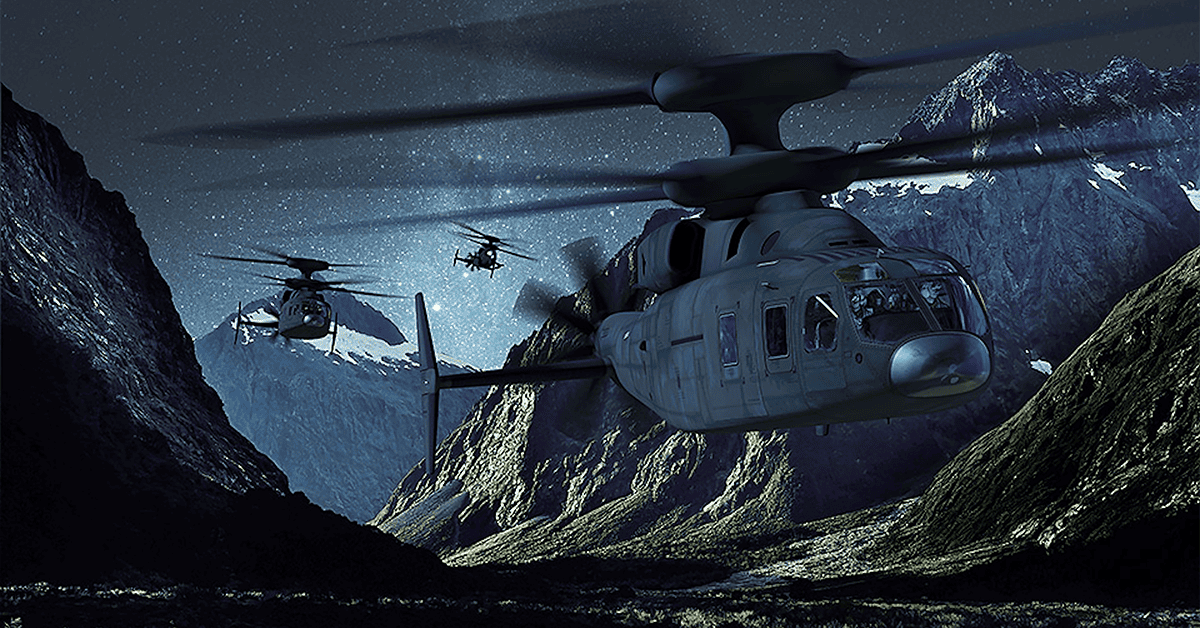
Helicopters are significant in the U.S. military’s operations. The U.S. Army has 5,463 helicopters in its fleet, accounting for 41.2% of the country’s military air power.
However, the military is looking ahead and planning for the future. They have since identified a group of helicopters to replace under the Future Vertical Lift program. This includes Sikorsky’s UH-60 Black Hawk, Boeing’s AH-64 Apache, Boeing’s CH-47 Chinook, and Bell’s OH-58 Kiowa helicopters.
Bell Textron had already secured a contract worth up to $1.3 billion to replace the Black Hawk helicopters by 2030. Finally, the Future Vertical Lift program marks the military’s fourth attempt to replace the retired Bell’s OH-58 Kiowa. The military is determined to find a suitable replacement for this helicopter, as previous programs never reached the production stage.
Future Vertical Lift Program Raider X is a More Powerful Version of the S-97 Raider Helicopter
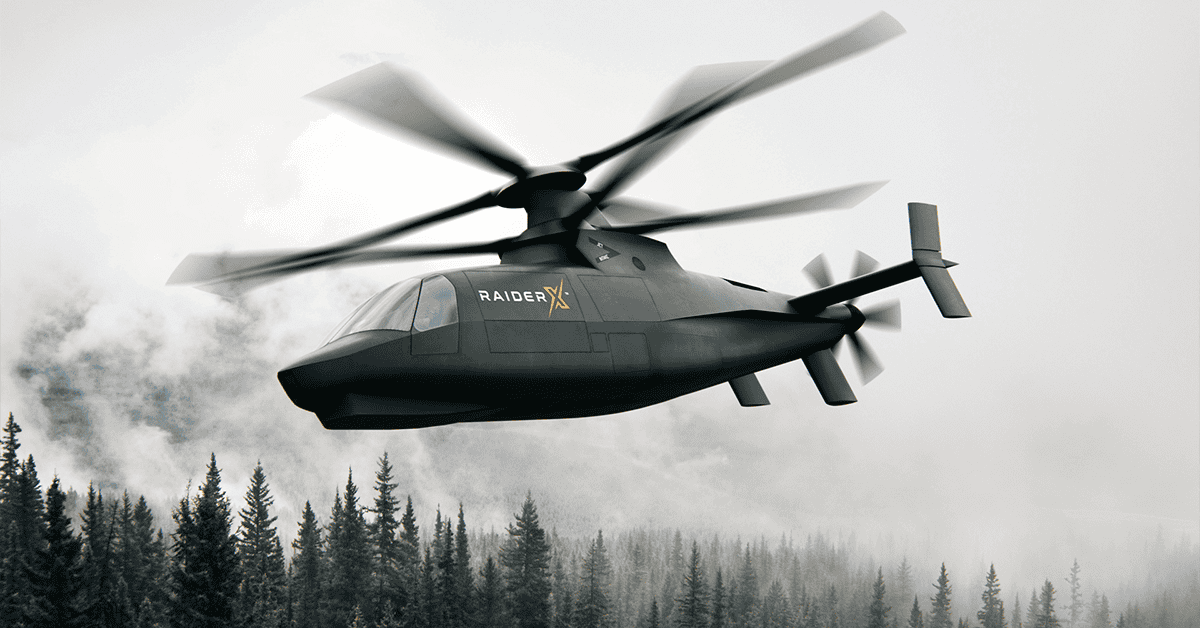
Raider X is an advanced version of the S-97 Raider helicopter. It’s not meant to replace the S-97 but has some improvements. Sikorsky’s Raider X is designed for the U.S. Army’s Future Attack Reconnaissance Aircraft Prototype competition. Here, the army aims to replace and improve conventional helicopters.
Regular helicopters have a speed limit of around 180 knots because of the Retreating Blade Stall. Simply put, helicopters have two spinning blades to fly. The blade in the front moves faster than the one in the back. To make sure both blades work well, they have different angles.
Nonetheless, as the helicopter goes faster, the back blade slows down even more and needs a bigger angle to keep it balanced in the air.
Helicopters with a single main rotor and a tail rotor easily lose their balance at high speeds. On the other hand, helicopters with two coaxial rotor blades are faster and more stable. The balance between the rotor blades moving in opposite directions stabilizes the flight path. So, there’s no need for a tail rotor, just a rear-thrusting propeller.
The Raider X and S-97 Raider are compound helicopters with dual coaxial rotors and a single-pusher propeller. This allows them to achieve speeds and ranges that traditional helicopters can’t match. The single-pusher propeller with clutch can also maintain maneuverability at low altitudes.
The S-97 Raider has been flying since 2015 and has flown over 100 test flight hours at 207 knots (238 mph). The Raider X is even faster at 276 mph, with the potential of becoming one of the world’s fastest helicopters.
Raider X is 20% larger than the S-97 Raider due to General Electric’s T901 turboshaft engine, which is included in the U.S. Army’s FARA requirements. All aircraft under the FARA Program use the GE T901. It is also compatible with the Army’s fleet of Black Hawk and Apache models.
The Raider X is based on the S-97 Raider, and the S-97 Raider is based on Sikorsky’s X2 Technology. This technology focuses on coaxial, dual main rotor designs. It features advanced fly-by-wire systems, flight controls, vehicle management systems, and systems integration.
What You Need to Know about the Raider X Future Vertical Lift
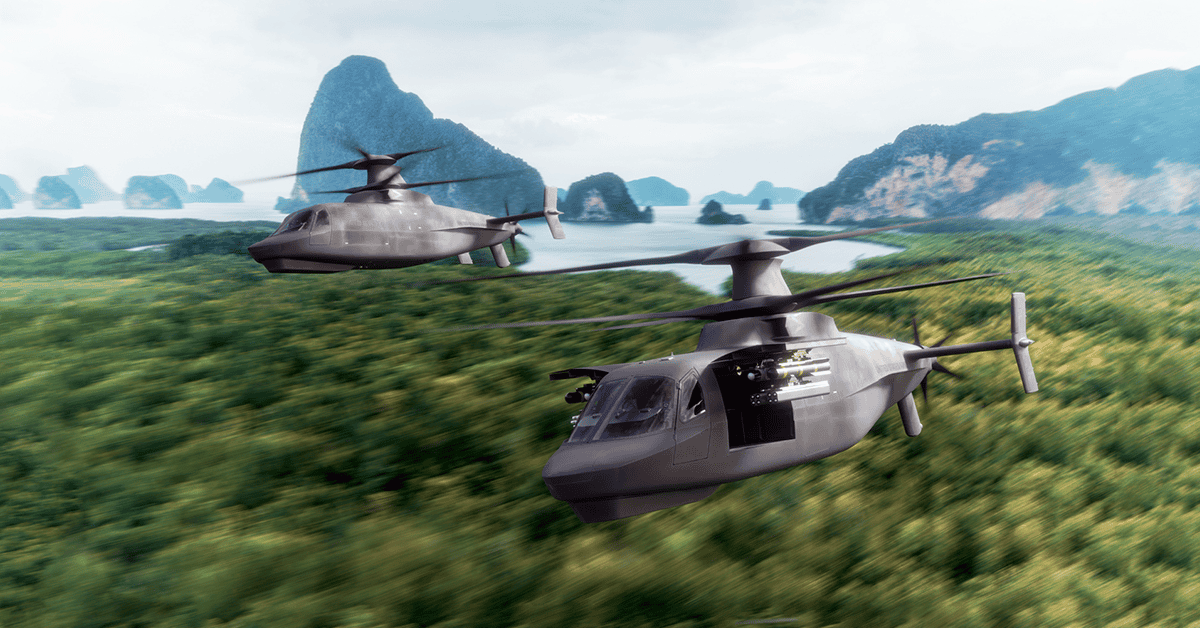
Weight
The Raider X weighs 14,000 pounds (6,400 kilograms) and can transport six troops with external weapons. The combined weight of eight AGM-114 missiles is approximately 400 kilograms.
Modular Open Systems Architecture (MOSA)
The Raider X is fitted with avionics and mission systems that use the Modular Open Systems Architecture (MOSA) approach. The “plug-and-play” option means that the systems are compatible with various computing, sensor, survivability, and weapon options, making it easy to integrate and customize. Through MOSA’s openness and flexibility, the weapon system can be easily adjusted for various missions.
X2 Technology
The Raider X’s X2 technology, single-pusher propeller, and coaxial dual rotors significantly enhance the aircraft’s maneuverability and speed. As a result, the Raider X offers unparalleled maneuverability incomparable to any other rotorcraft in service.
Additionally, X2 technology reduces the aircraft’s acoustic signature, making it stealthier. The noise reduction also improves warfighters’ safety by reducing the time for potential threats to react. Because if you can’t hear it coming, you can’t prepare for it.
High Survivability
The Raider X can withstand damage and improve its chances of survival. Unlike traditional helicopters, it doesn’t have a tail rotor system or a tail rotor drive shaft. This means the helicopter can still fly safely even if the tail or propulsor sustains damage.
These components are not crucial for flight. So, the helicopter can still operate and complete its mission even after losing them.
Other articles you might be interested in:
- HIMARS: A Comprehensive Guide to High Mobility Artillery Rocket System
- Iron Dome: The Importance and Relevance of Israel’s Airspace Defender
- 10 Anti-Drone Weapons Used by the U.S. Military
- Virginia-Class Submarines: Underwater Superiority and Its Price Tag
- B-21 Raider: The Next Generation Long-Range Strike Bomber and its Strategic Implications
- Squad Automatic Weapon: Redefining Infantry Power with Next-Generation Squad Weapons

Category: Articles




